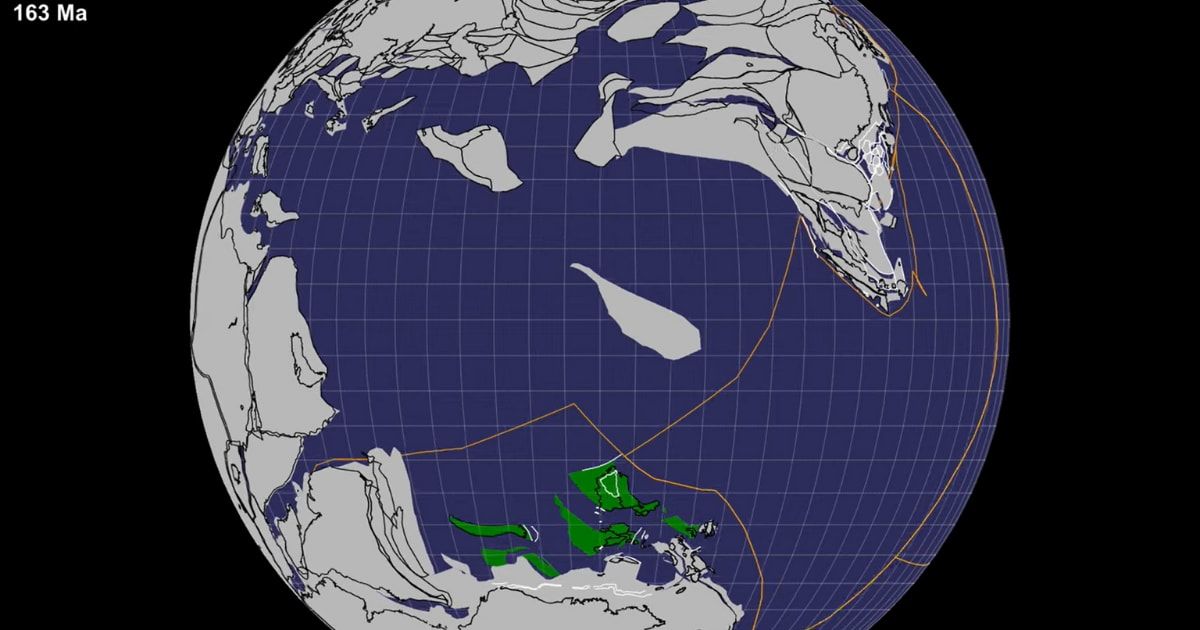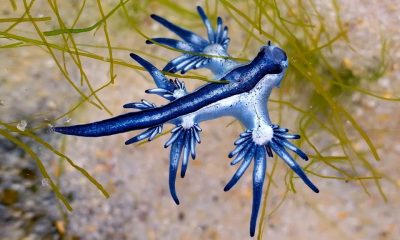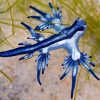Uncategorized
New Research Deciphers the Fate of Lost Continent, Argoland
New research has shed light on the age-old mystery of the small, detached continent, Argoland, which separated from northwestern Australia around 155 million years ago. The separation was initially suspected due to a deep ocean void off Australia’s northwest coast. However, the fate of Argoland remained uncertain as it differed from typical continents – instead of maintaining its shape, it fragmented into scattered pieces.
The study, published in Gondwana Research, reveals how researchers led by Eldert Advokaat from Utrecht University in the Netherlands reconstructed Argoland’s ancient journey. The team traced the fragments northward to Southeast Asia, where traces of the lost continent were identified on the ocean floor through tectonic mega-units. The remnants were found hidden beneath the lush jungles of Indonesia and Myanmar.
The process of Argoland’s separation and drift spanned 50 to 60 million years, contributing to the geological and biological landscape of Southeast Asia. This research offers a deeper understanding of how the collision of Argoland’s pieces with the ancient landmass influenced the biodiversity of the region. While no ancient civilizations or mythical hybrids were uncovered, the findings provide valuable insights into Earth’s evolution, aiding future studies on plate tectonics, climate change, and biodiversity.
This exploration of the fate of Argoland joins a broader scientific interest in understanding the life and death of continents, crucial for comprehending processes like evolution, climate change, and the formation of Earth’s geological features. While the study didn’t reveal lost civilizations or mythical hybrids, it offers a wealth of information for guiding future research into our planet’s formation and its potential transformations in the future.













